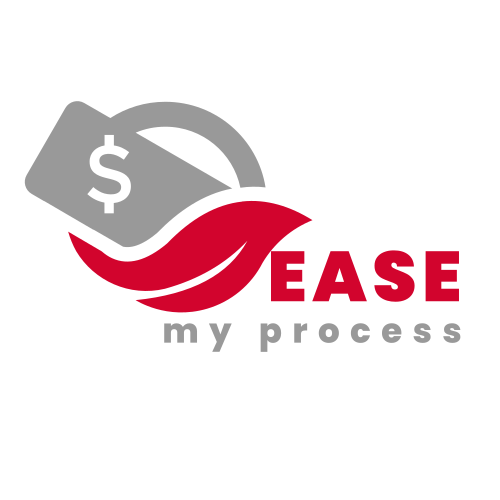- Published on
DCF Terminologies: Demystifying Valuation Jargon
- Authors

- Name
- Ease Pro
DCF Terminologies — Demystifying Valuation Jargon
When it comes to valuing a company, Discounted Cash Flow (DCF) analysis is one of the most respected methods in finance. It's data-driven, future-focused, and widely used by investors, analysts, and corporate strategists.
However, the world of DCF comes with its own vocabulary — and if you're new to it, the terms can feel like alphabet soup. This guide breaks down the most important DCF terminologies so you can read a valuation model with confidence.
1. Discounted Cash Flow (DCF)
A valuation method that estimates the value of an investment by forecasting its future cash flows and discounting them to their present value.
The logic is simple: money today is worth more than the same amount in the future.
2. Free Cash Flow to the Firm (FCFF)
The cash available to all providers of capital — both debt and equity holders — after covering operating expenses, taxes, and necessary reinvestment.
FCFF is the core cash flow used when calculating enterprise value in a DCF model.
3. Free Cash Flow to Equity (FCFE)
The cash available only to equity shareholders after paying interest, repaying debt, and funding reinvestment.
Useful when you want to value equity directly rather than the entire firm.
4. Terminal Value (TV)
Represents the value of a business beyond the explicit forecast period.
Two common ways to calculate it:
- Perpetuity Growth Method (Gordon Growth Model)
- Exit Multiple Method (based on EBITDA, revenue, etc.)
5. Weighted Average Cost of Capital (WACC)
The blended rate of return required by all capital providers.
It's a weighted mix of:
- Cost of Equity (often calculated using CAPM)
- Cost of Debt (adjusted for tax benefits)
6. Cost of Equity
The return required by equity investors to compensate for risk.
In most DCF models, this is calculated using the Capital Asset Pricing Model (CAPM).
7. Cost of Debt
The effective interest rate a company pays on its borrowings.
Because interest is tax-deductible, the after-tax cost of debt is usually lower than the stated rate.
8. Capital Asset Pricing Model (CAPM)
A formula used to determine the expected return on equity:
Expected Return = Risk-Free Rate + β × (Market Return – Risk-Free Rate)
9. Beta (β)
A measure of how much a stock's returns move relative to the market.
- β > 1 means higher volatility than the market
- β < 1 means lower volatility than the market
10. Net Present Value (NPV)
The difference between the present value of cash inflows and outflows.
In DCF, a positive NPV means the investment is expected to add value.
11. Internal Rate of Return (IRR)
The discount rate at which the NPV of all cash flows equals zero.
Commonly used to compare different investment opportunities.
12. Enterprise Value (EV)
A company's total value, calculated as:
EV = Market Cap + Debt – Cash
It's what you get when you sum the present value of forecasted FCFF and the terminal value.
13. Economic Value Added (EVA)
A measure of whether a company's returns exceed its cost of capital.
If EVA is positive, the company is creating value; if negative, it's destroying value.
14. Sensitivity Analysis
A "what-if" test in valuation models to see how changing one assumption (like growth rate or discount rate) impacts the valuation outcome.
💡 Final Takeaway
DCF analysis is a powerful tool — but only if you understand the moving parts. These terms form the building blocks of a solid valuation. Mastering them doesn't just make you fluent in finance; it allows you to spot flawed assumptions, challenge unrealistic projections, and make smarter investment decisions.
